Let’s talk about Quibdo!
By Mariela Palacio, Economic Development Consultant
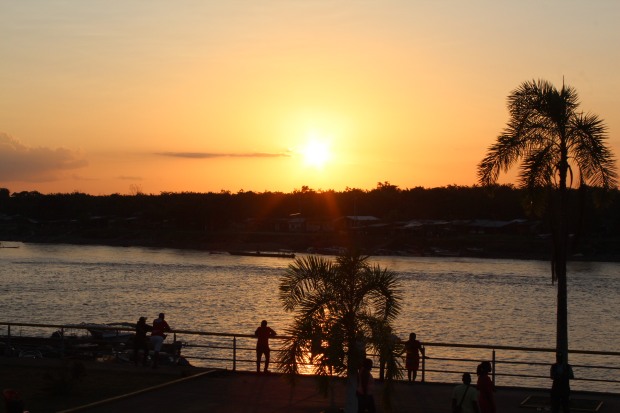
Photo Courtesy of Maruja Uribe
When my friend Kim Haas invited me to participate in this blog I was very happy for the opportunity to talk about Quibdó, my pintoresque Villa de Asis, named after the town’s devotion Patron Saint Francis of Assisi.
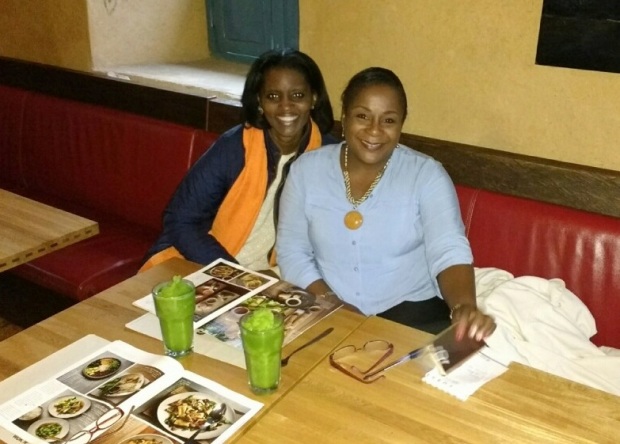
Photo Courtesy of Kim Haas
Quibdó is a city of contrasts, a place of laughter and sorrows; of intense passions, of impetuous rainstorms along with sweltering heats; with endless social challenges, but with happy and positive people in the pursuit of a dream. It’s a city of flamboyant and flirtatious women capable of sacrificing their lives for the happiness of their children. Quibdó is a place that exacerbates the senses by its beautiful flushed sunsets along the Atrato river banks; by the stimulating smell of rain forest and fresh wood; by the cadency of music and mischievous stories told by the elders; by the luscious dishes made with love by matrons using fresh herbs from their patios; by the sensual caressing of incautious sweat drops running through the skin to compensate the high temperatures throughout the year.
This is how Quibdó feels!
Where is Quibdó?
 Quibdó is the capital of the Department of Choco in Colombia; it is located on the East bank of the Atrato River. Choco is situated Northwest of Colombia and, since the territory has both the Caribbean and the Pacific coasts bordering Panama, it is considered the “real corner” and the gate to South America. Quibdó means “the place between rivers” In the local indigenous language. Its annual average temperature is 28°C (82°F). Its altitude is 43 meters above sea level and its annual rainfall index is 8.000 millimeters, one of the highest in the world
Quibdó is the capital of the Department of Choco in Colombia; it is located on the East bank of the Atrato River. Choco is situated Northwest of Colombia and, since the territory has both the Caribbean and the Pacific coasts bordering Panama, it is considered the “real corner” and the gate to South America. Quibdó means “the place between rivers” In the local indigenous language. Its annual average temperature is 28°C (82°F). Its altitude is 43 meters above sea level and its annual rainfall index is 8.000 millimeters, one of the highest in the world
Its geographical features and its location, towards the end of the western mountains of South America, provide an abundance of water and geological resources, as well as an immense wealth of flora and fauna. This offers its population a bio diverse environment that can be enjoyed from an ecological, economic and social interaction perspective, primarily from the economic dimension.
Currently Quibdó is accessible by plane from Bogota, Medellin, Cali and Pereira. It is also reachable by terrestrial transportation from the Department of Antioquia (123 km) and from the Department of Risaralda (251 km).
Who are the people of Quibdó?

Photo Courtesy of Mariela Palacios
From an ethnic and cultural perspective Quibdó is a territory full of wealth. Its population is made up of African, indigenous and mestizo communities. Its afro-descendants constitute 91.63% of the population; meanwhile indigenous make up 1.38% and the rest of the population is mestizo. As a result of this melting pot, the city is a sociocultural amalgam from all cultural perspectives including food, music, dance, religious beliefs, health care and city administration.
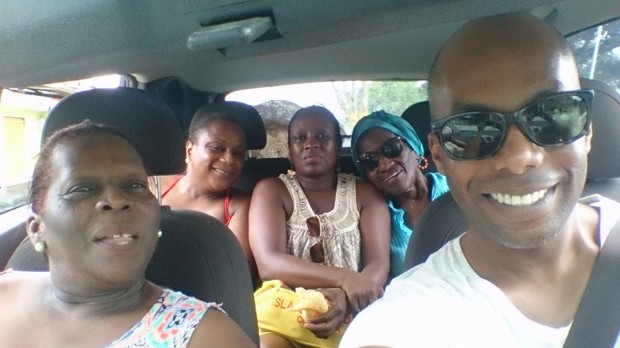
Photo Courtesy of Mariela Palacios
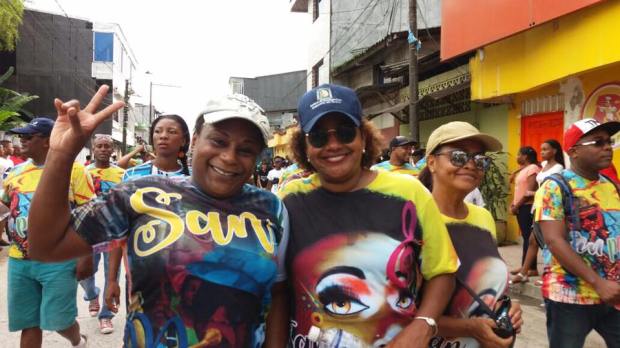
Photo Courtesy of Mariela Palacios
Certainly walking around the streets of Quibdó has its own adventure, where you can easily spot men and women educated in fine old fashion Spanish manners, as well as scandalous and loud people, who enjoy being the center of attention regardless of the subject at hand. Generally self-image is very important for these people. Both, men and women visit the hairdresser and beauty spas that are very relevant to daily life activity. Everyone, based on their own perception of beauty, must always look impeccable and pleasant to the view of others.
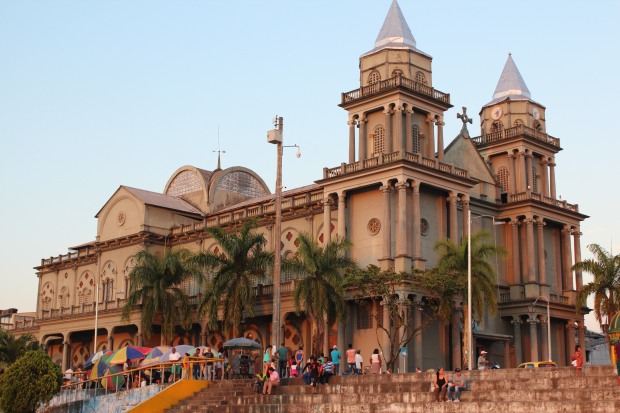
Photo Courtesy of Maruja Uribe
Generally the people from Quibdó and Choco are individuals well prepared academically. A large percentage of them have achieved studies with technical specialties, master and doctorate degrees; many of those accreditations are received from the Universidad Tecnologica del Choco “Luis Diego Cordoba”. About 38% of the population is made up of youngsters eager to learn and explore new knowledge and opportunities in order to develop their own skills, while looking up to local renowned professional athletes and artists who have achieved success and brought pride to this land.

Photo Courtesy of Mariela Palacios
Is there anything else that can be learned about Quibdó?
There are still plenty of things to be learned about the Villa de Asis. Therefore, if you are interested I would be happy to tell you more about topics such as its dynamics, culture, cuisine, religiosity, population, orality and economy. In a few words, I would be delighted to share with you everything that tastes, smells, sounds, looks and feels like Quibdó.
Photo Courtesy of Maruja Uribe










Spectacular! I would like to visit Quidbo; I am putting it on my to do list. Thanks for sharing